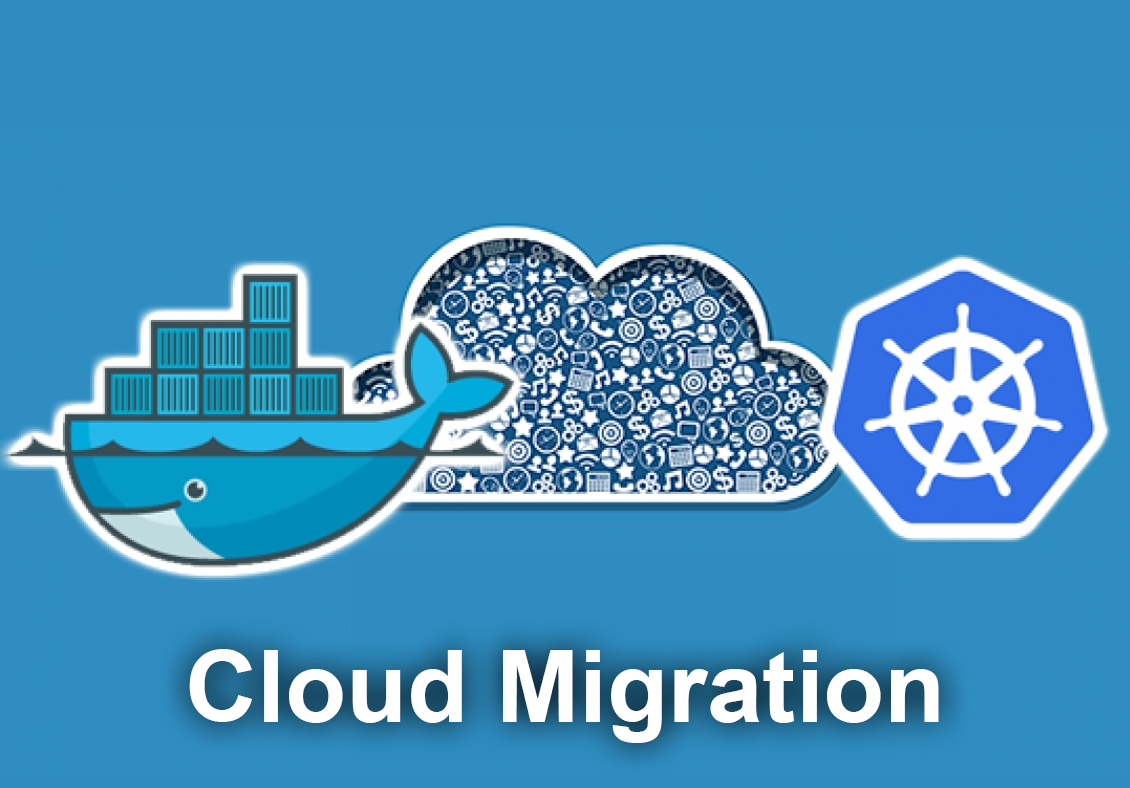TSRI has extensive experience in all forms of legacy code transformation, including migration to cloud services and containerization. Our migration services take a three-step approach:
- Migration of legacy monolithic code to a service-oriented environment. This includes updating language from COBOL to Java or C#, changing databases, and refactoring to enable microservices. This step begins the process of abstracting underlying services from the application.
- Integration of service-oriented applications with native cloud services. This could include re-orienting code from, for example, WebSphere DB2 legacy platforms to Apache Tomcat and Amazon RDS. Upgrading to incorporate the latest native architectural interfaces ensures that applications are tightly integrated with the new environment, and ensures easier updates in future.
- Transformation of native cloud to Docker Containers. The movement to containers provides additional architectural abstraction and improved integration of applications within the cloud.
As with other such migrations, it is important to assess, tune and optimize applications for suitability and to ensure that applications will perform adequately within the container environment without infrastructure issues that might arise from coding anomalies.
The key to a successful migration is to evaluate and model the underlying legacy code logic, and pinpoint those areas which must be adapted to the new environment. Not every application has a natural and hazard-free path to a cloud-based containerized solution. Knowledge of container operations such as ephemeral storage and parallelization issues is extremely important in managing this transition. The transformed code must be optimized to meet the needs of its new environment.
TSRI has a long history in providing modernization services powered by our JANUS Studio® artificial intelligence-based fully automated toolset. JANUS Studio® delivers 100% automated assessment, metrics, transformation, and re-factoring of large information systems. We work with a wide variety of legacy source languages and perform modernization, in accordance with the Object Management Group (OMG) best practices to produce functionally equivalent, fully refactored, and platform independent modern applications in target languages.
The TSRI modernization approach includes re-factoring and optimization of software systems. In performing this function, we can evaluate source code and model it, refactoring it into microservices that permit a flexible and modern approach to integration with cloud services. TSRI's experience in over 150 legacy application transformations for major software systems includes innumerable success stories of re-architecture in moving older systems of a wide variety of languages and structures to modern, architectures.
With JANUS Studio®, re-factoring is carried out against an intermediate object model which is used to generate code module tools and re-architected application tiers. UML is generated, and quality metrics are measured continuously. Code is regression tested after each refactoring.
As we move into an era of distributed Cloud-based processing, high security risks, and rapidly shifting technologies, deployment flexibility is becoming increasingly important. Using containers within the cloud provides many advantages, but can be risky if it is not implemented correctly. Legacy applications need to be re-architected first, and doing this demands a secure automatic transition of the type that is available with JANUS Studio®.
Check out our Automation Advantages, as well as our Security Benefits & Contact Us for more information!

